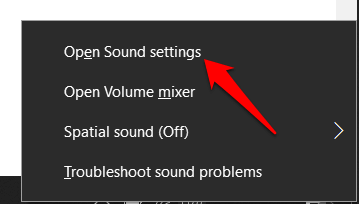

( Lautsprecher means Speaker in English)ġ. It should be specifically say USB PnP Sound Device.

When you’re installing the program, make sure you select the correct playback device. There is a nifty tool called APO equalizer that you can install for specific playback devices such as your headset. Sidenote: Speedlinks made some decent headsets in the past, but I wouldn’t buy from them again, their products can’t compete with Sennheiser and are usually just as expensive.ġ Reliable Solution: Using Equalizer To Adjust Volume Properly The USB audio headset I am using is called Medusa 7.1 by Speedlink. However, even after installing the proper USB drivers there are no guarantees that Windows recognizes the USB headset as a headset. Many headsets have their own drivers and tools which you can either download online or find on the CD in the original package. To lower the USB audio volume levels install the USB driver from your headset manufacturer. In your system tray, use the audio button (right-click, select Open Volume Mixer) and you can lower the overall audio volume levels. I don’t know about you, but I’d rather spend some money/time than hurt my ears irreversibly.Įasiest Solution: ( For the more reliable solution skip this paragraph, click here.) However, this also means when a program resets your volume you may severely hurt your ears. The only workaround that I knew of was lowering the system volume to 2-4%. Windows recognizes most USB audio headsets as regular speakers. The Issue: USB Audio Recognized As Speaker However, the problem thus far: Audio headsets are incredibly loud on Windows 7,8 and 10

Now rather than installing a PCI express sound card I opted for a simpler solution: Using an USB headset. Solutions 6-9 will help you fix your audio drivers and give you some other general tips that could tip the scales in favor of your microphone actually doing its job.Yesterday my onboard sound card died. If you’re using a Bluetooth recording device then all the solutions will be helpful, but pay extra attention to solution 5. If you’re planning to get new wired headphones/headset or if you think you might be having a hardware issue, solution 4 would walk you through the hardware basics that you need in order to avoid common compatibility issues. Solutions 1-3 are basic checks and configurations everyone should make sure they’ve done. If you think you know what the problem is, though, you can jump directly to the corresponding solution. We recommend following the solutions one by one and checking your microphone after each one to check if the problem is gone. You'll be presented with several different solutions.


 0 kommentar(er)
0 kommentar(er)
